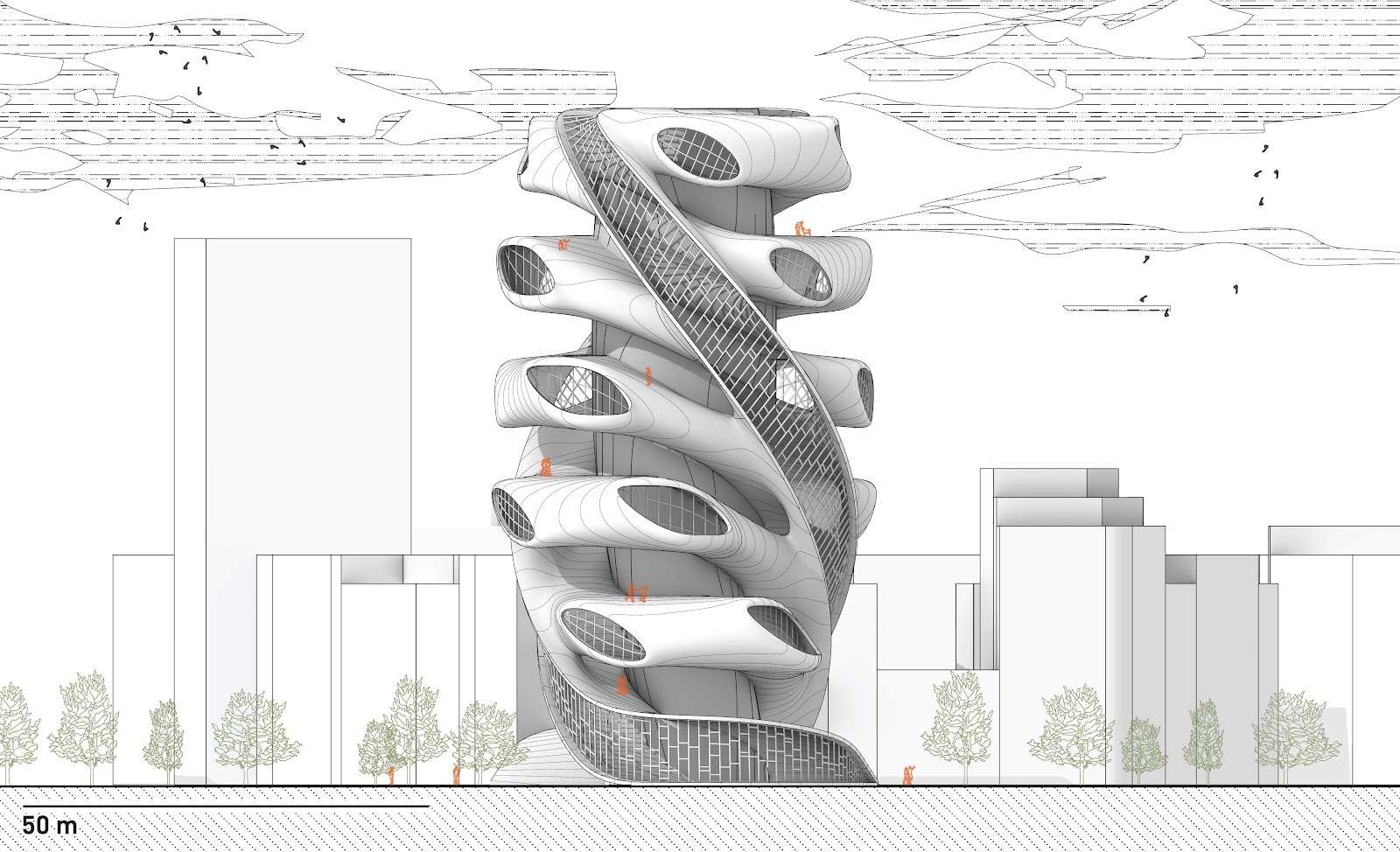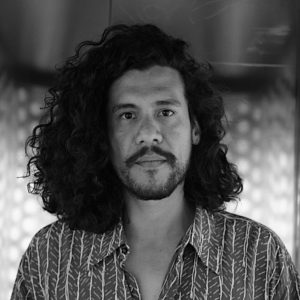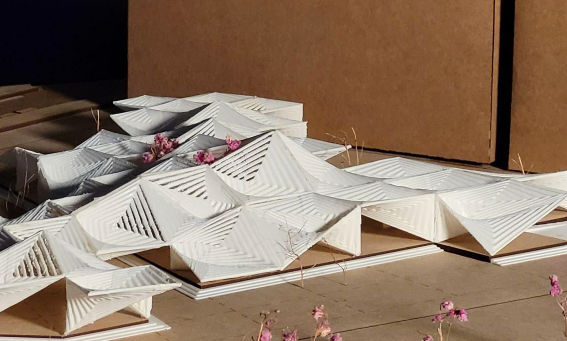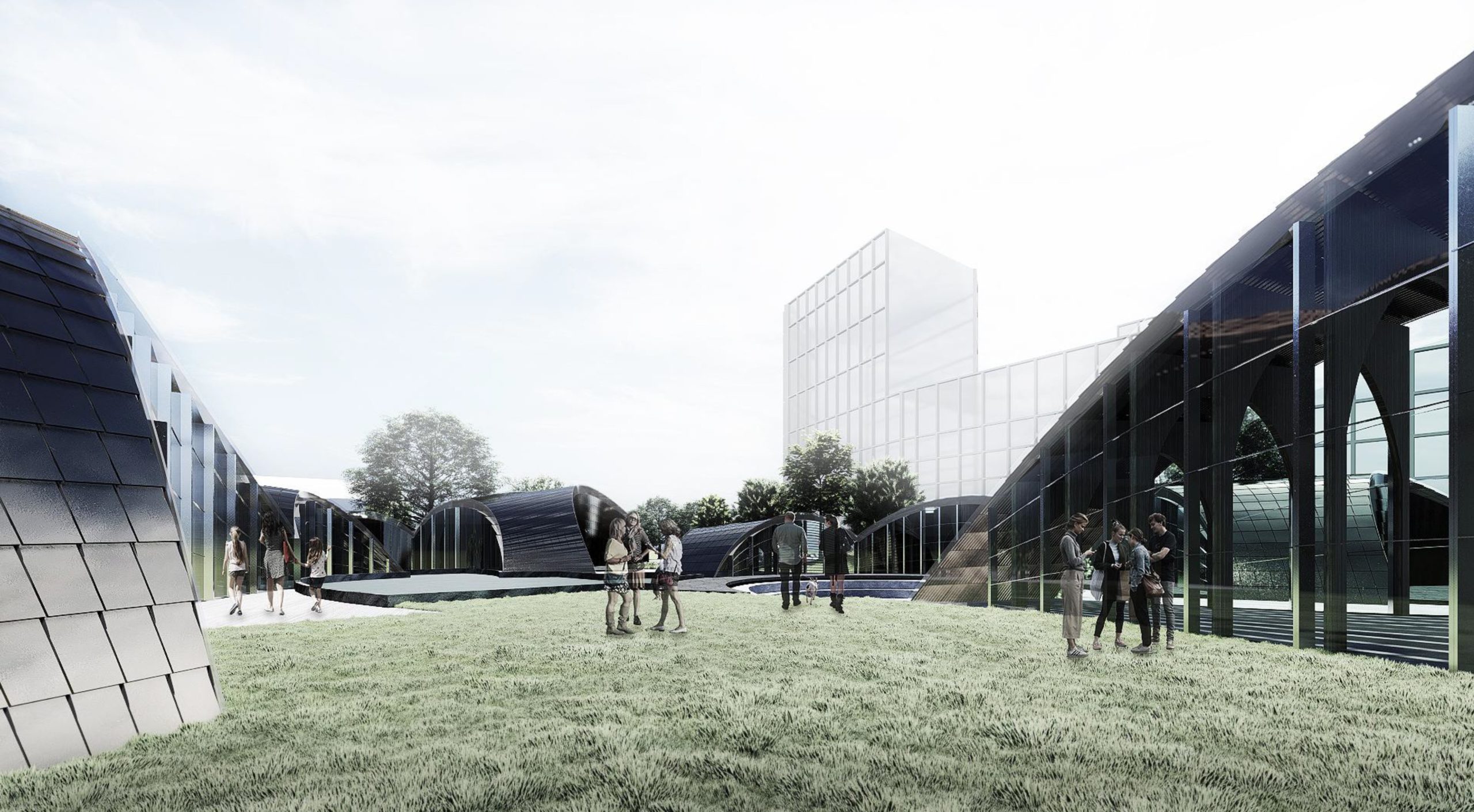
Credits: The Living Factory, ISG2 21/22
In the era of rapid urbanisation, cities have evolved into central hubs of human activity, yet they frequently lag behind in terms of sustainability. It’s imperative to grasp the profound impact of human settlements on the health of ecosystems. We find ourselves at the vanguard of a pivotal battle, as the products and structures we conceive bear a significant responsibility. They account for a substantial portion of global greenhouse gas emissions, originating from two primary sources.
Firstly, the ongoing operation of buildings, which encompasses heating, hot water production, air conditioning, and lighting, collectively contributes to a staggering 28% of global CO2 emissions. Secondly, there’s the carbon footprint associated with building materials themselves. This encompasses their fabrication, transportation, assembly, and even recycling processes. Astonishingly, this latter aspect alone represents 11% of the world’s total CO2 emissions. As stewards of architectural design and construction, we hold the key to addressing these pressing environmental challenges through innovative and sustainable practices.
In light of these imperatives, we must forge new paradigms and embrace architectural design strategies that not only acknowledge but actively respond to the formidable challenges posed by our current climate conditions.
Furthermore, with the integration of computational technologies into architecture and advanced simulation tools, architects now possess the capability not only to anticipate external forces within a digital realm but also to develop design workflows that offer continuous feedback on building performance. This facilitates the optimization of architectural interventions’ ecological impact.
By crafting a novel design language and methodology that harnesses the power of computational intelligence, including AI and computational design, alongside physical and digital modelling, and text-to-image processes, we can unlock the potential to delve into uncharted territory. This transformative workflow enables the discovery of possibilities that transcend conventional boundaries, propelling us beyond the limits of what was once deemed achievable.
The design process methodology will be treated as a computer algorithm, where different functions work in a programmed loop with rules and conditions that create a constant output responding to the ever-changing variable inputs. Form informs function at the same time that the program will inform the design, creating a closed circuit where each part of the project collaborates in both directions of the design process embedded as architectural algorithms.
This studio’s primary focus is on the creation of multipurpose building infrastructures in underutilised and disconnected spaces within Barcelona. These structures will integrate programs designed to benefit the surrounding community, with a keen emphasis on sustainability and eco-friendly urban development. The central research challenge involves reevaluating the relationship between user needs and spaces, thereby transforming how users interact with their surroundings.
The studio course adopts a collaborative think tank approach, involving invited guest tutors who will participate in desk crits to provide insights related to their respective areas of expertise. This dynamic exchange will continuously question and refine each project, enriching key aspects of the investigation.
Exploring the symbiotic relationship between design form and functionality will lead to the development of a language applicable to architectural projects. This studio’s core mission revolves around an investigation that forges stronger connections between the designer, computer representation, sustainability, and biobased materials.
Learning Objectives
At course completion the student will:
- Create relationships of architecture and design to allied disciplines.
- Apply architecture and design within an emerging global context.
- Understand fundamental concepts of computational design.
- Design digital tools that apply to complex geometries and implement topological relations as a form-finding tool.
- Understand the link between design form and functionality through investigative processes.
- Be able to conduct investigations and present their findings coherently in verbal and graphic formats.








